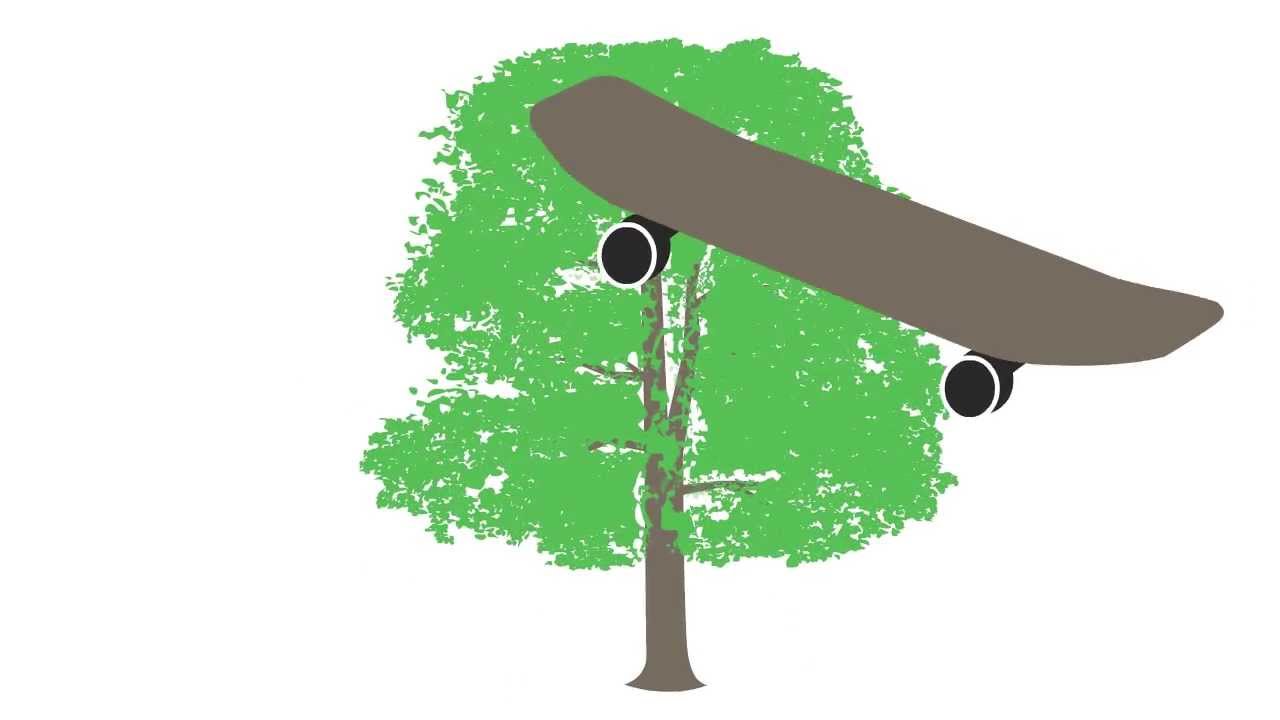It Comes From Trees
We have many choices today when it comes to building materials, furniture, and all kinds of products that use in our daily lives. As an environmentally conscious consumer, whether you’re building your dream house, furnishing your home, or sourcing products for your business, you probably have questions. For example, what materials are most energy efficient to produce? Is wood a sustainable resource?
Click here for an analysis of the amount of energy required to make steel, plastic, and lumber.
Click here for information about why wood is a sustainable resource.
Many items we use every day come from trees—and most of them would surprise you!
For a list of surprising items that are made from wood, please continue to scroll down this page.
You already know that trees provide the furniture you sit on, the floors you walk on, and the paper you write on, but you probably use dozens of other items that come from trees on a daily basis without even realizing it.
Packaged cookies and cupcakes, shredded cheese, bread, cereal, sour cream, sauces, and thousands of other foods are made with cellulose,
hemicellulose, and lignin. Hemicellulose is used as a food additive to improve physical qualities such as smoothness, creaminess, and mouth feel in products including dressings and sauces. Cellulose is used to sweeten, stabilize, and add fiber to many food products. Lignin can make muffins fluffy.
Lipstick is made waxy by Carnauba wax, which comes from the leaves of the Carnauba palm tree.
Aspirin is made from the bark of the willow tree.
LCD screens in TVs, computers, and tablets contain the wood component cellulose triacetate. It is applied as a thin layer within the screen to make images appear clearer.
Detergents are made from fatty acids derived from the bark and pulp of softwoods.
Clothing made of rayon and acetate is made from the cellulose fibers in wood pulp.
Imitation vanilla flavoring contains synthetic vanillin that is sometimes produced from wood pulp waste or pine bark.
Tires are made from the sap of the rubber tree, or sometimes from a shrub called guayule.
Football helmets get an important component from tree branches; ethyl cellulose is responsible for making hard-impact resistant plastics for helmets and hardhats.
Ping-pong balls are made with celluloid, which is a byproduct of the paper-making process. Celluloid is used in ping-pong balls because it is easily molded and shaped, while allowing for the high-bounce property of the balls.
Chewing gum is made from the sap of trees such as spruce, and may also be artificially flavored with peppermint and spearmint, which come from tree chemicals.
Shampoo and shaving creams contain sodium laurel sulfate, a paper-making byproduct used as a foaming agent.
Corkboards are made from the bark of the cork oak. Every 8-10 years, the outer bark of the trunk is stripped away, leaving only the bark cambium. A new layer of bark will then grow without damaging the tree.
Cola flavored soda, like Coke, uses nuts from the Cola tree.
Ice cream and yogurt contain cellulose to make them smooth and creamy.


